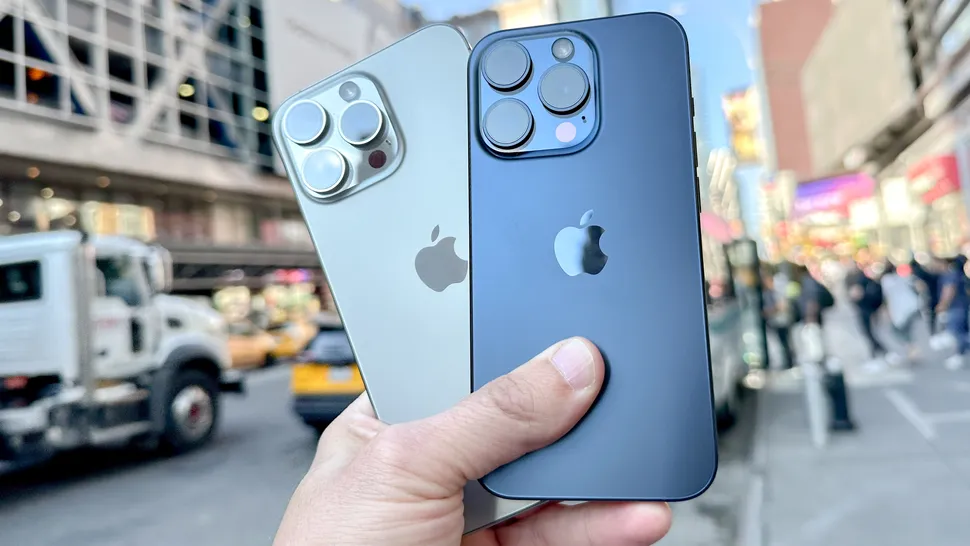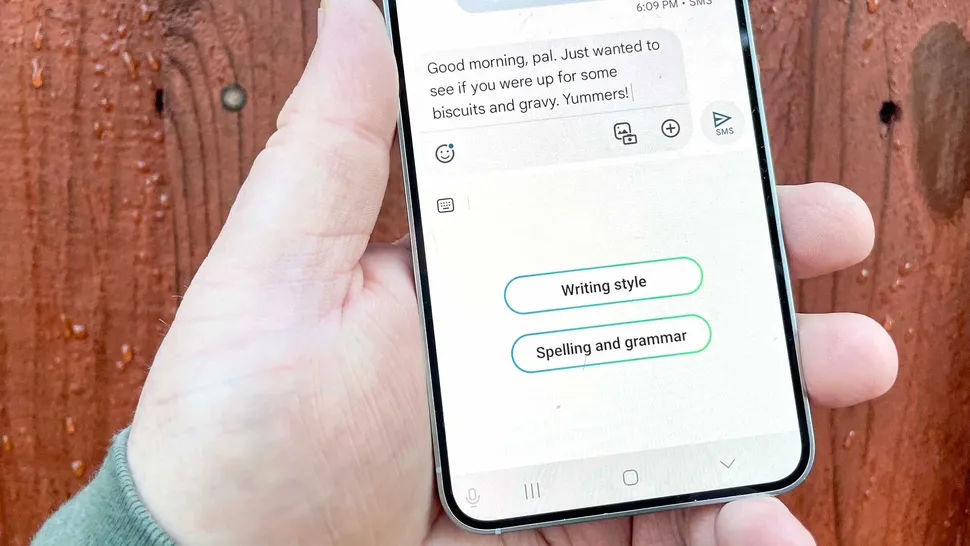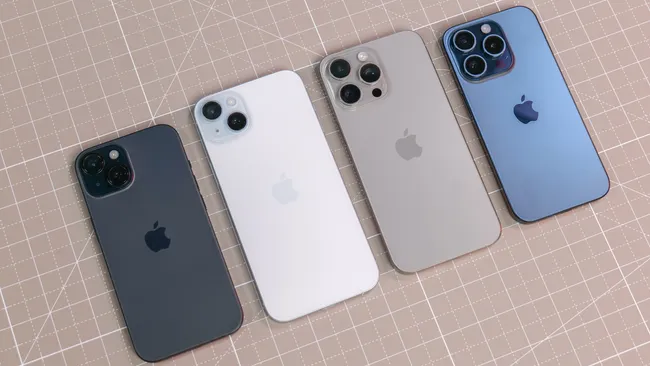This week, there were even more indications that the iPhone 16 Pro may steal the show when Apple releases its new phones later this year. That’s fantastic news if you don’t mind shelling out a lot of money for your phone, but it’s a little concerning if you’re hoping the iPhone 16 won’t be overlooked.
According to a fresh leak of iPhone 16 Pro specs, the iPhone 16 Pro and iPhone 16 Pro Max may feature larger screens than previously thought. This is because the displays are allegedly going to employ Micro Lens Array technology, which should boost brightness and viewing angles. According to the same rumor, bigger batteries are also being added to the Pro versions.
The element that concerns me is that there is no mention of prospective alterations to the regular iPhone 16 model in the specifications leak. Because the less we know about that model, the more probable it is to be a more modest update than the flashier enhancements rumored for the Pro models in general, and the iPhone 16 Pro Max specifically.
Apple’s iPhone Pro obsession

However, such behavior is not unusual for Apple. For the past several upgrade cycles, beginning with the iPhone 14, the Pro variants have received the most attention, while the normal iPhone and its Plus-sized equivalent have seen the fewest improvements. That was notably true for the 2022 iPhone 14 release, when the changes between the iPhone 14 and iPhone 13 were negligible, at best.
Things improved slightly with last fall’s iPhone 15 debut, when Apple made some significant upgrades to its entry-level phone. The iPhone 15 replaced the front display’s notch with a Dynamic Island cutout, improved the primary camera to a 48MP sensor, and benefited from A16 Bionic’s performance enhancements. Of fact, all of those capabilities were released a year earlier in the iPhone 14 Pro versions, so the iPhone 15 didn’t completely dispel its reputation as a hand-me-down device.
It is possible that things will be different with the iPhone 16. I was excited by an early rumor about this fall’s phones, which claimed that they will all contain Apple’s latest A18 chipset. If accurate, the move would put a stop to a practice started by Apple with the iPhone 14 in which only the Pro versions received new CPUs while the basic version relied on the previous generation of Apple hardware.
iPhone 16 and AI features
Even with the same CPU, the iPhone 16 is unlikely to be on par with its Pro predecessors. A18 reports predict that the Pros will be given higher-end versions of the processor — a totally sensible move on Apple’s part, but one that risks pushing the standard iPhone 16 to the sidelines.
According to a Taiwanese report, the A18 will gain an enhanced neural engine with more compute cores, making it more equipped to handle the AI-powered features that are rumored to be coming to the iPhone. On the surface, that’s excellent news, but part of me wonders whether Apple will use this as yet another reason to prioritize its Pro phones above the rest of the iPhone lineup. To put it another way, is the A18 processor that powers the iPhone 16 Pro likely to have a more powerful neural engine than the chip that powers the normal iPhone? The report is vague on that issue.

Though Apple fans may cringe at the prospect, Samsung’s latest Galaxy S24 release serves as a very excellent blueprint for how to treat its entry-level devices in terms of AI functionality. Every model has access to all of the Galaxy AI capabilities that were launched with the current Samsung flagships. If you want to employ generative editing features on your photographs or have AI autoformat your notes, the $799 Galaxy S24 has the same capabilities as the $1,299 Galaxy S24 Ultra. I hope Apple follows suit when it introduces its AI capabilities.
But I’ve been following Apple long enough to know that the corporation will stick to its own principles when it comes to product positioning. And, from Apple’s standpoint, placing most, if not all, of its eggs in the iPhone Pro basket encourages users to spend more for the same experience on their phones.
Still, I’m hoping that the entry-level flagships get some consideration coming autumn. Not everyone wants to pay $1,000 or more for a new phone. And those ready to spend $799 deserve a luxury experience of their own.


